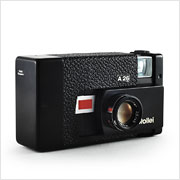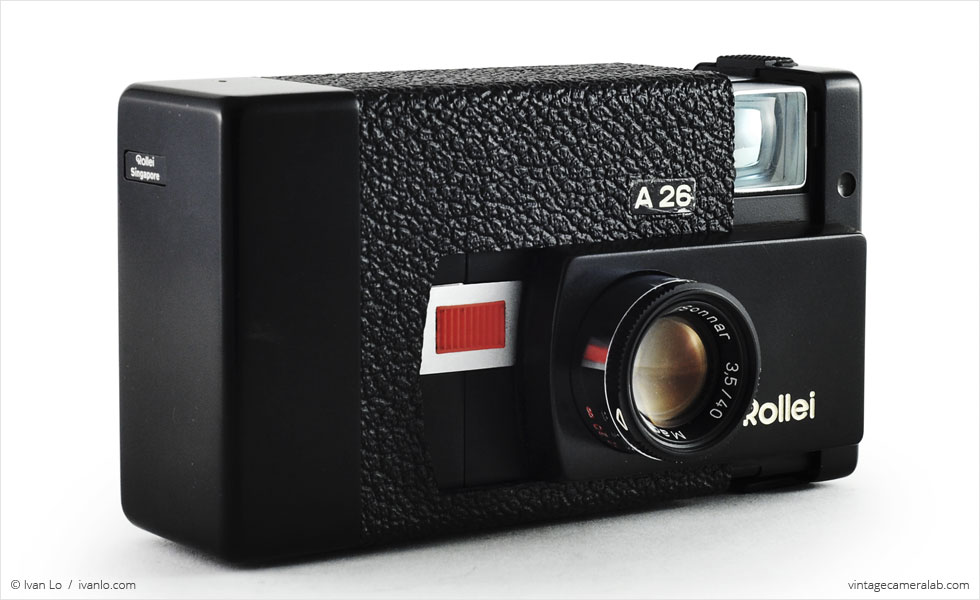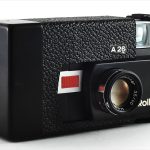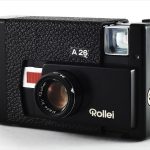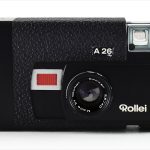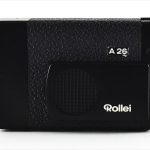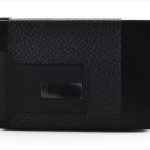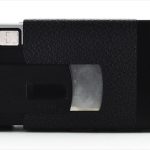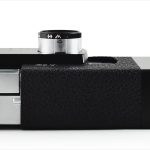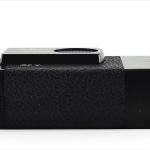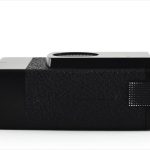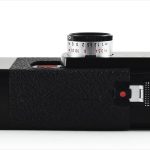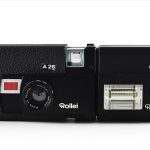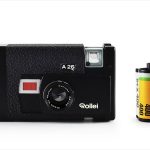Rollei A26 Specifications
| Manufacturer: | Rollei-Werke Franke & Heidecke |
| Origin: | West Germany |
| (modern day Germany) | |
| Made in: | Singapore |
| Introduced: | 1972 |
| Type: | Viewfinder |
| Format: | 126 Film |
| Dimensions: | 9.5 x 6.4 x 4 cm (closed) |
| 11.2 x 6.4 x 4 cm (open) | |
| 18.2 x 6.4 x 4 cm (open, with flash) |
Rollei A26 Overview
The Rollei A26 is a compact viewfinder camera introduced by Rollei in 1972 for the 126 film format. Designed by Heinz Waaske—the father of the legendary Rollei 35—and built just two years after Rollei established its factory in Singapore, the A26 is the first of a small number of quirky compact cameras with an orange-on-black color scheme which also includes 1974’s A110 and the Rolleimatic of 1980.
Perhaps the best feature of the A26 is that it’s self-casing. To ready the camera for use, it must first be pulled open by gripping the textured panels located on the top and bottom with one hand and using the other to grip the leatherette. When opened, the Sonnar 40mm f/3.5 lens is extended, the viewfinder is revealed, and the orange shutter button is uncovered. To insert or remove the film cassette, there’s a red button located on the bottom of the camera which, when depressed, will allow the outer shell to be completely removed to expose the internals.
Both aperture and shutter speed are controlled automatically by the camera while focusing is done manually with a ring on the lens barrel. Once your photo is taken, simply close and open the camera again to cock the shutter and advance to the next frame and it’s ready to go. Rollei specifically designed the A26 to be extremely easy to operate so that’s the extent of user controls.
I bought this A26 on eBay after watching auctions for months. Over the course of a year or so, I acquired the other two eccentric orange-on-black Rollei models.
Find your very own Rollei A26 on eBay.
McKeown, James M. and Joan C. McKeown’s Price Guide to Antique and Classic Cameras, 2001-2002. (Grantsburg, WI, USA: Centennial Photo Service, 2001), p 586.
